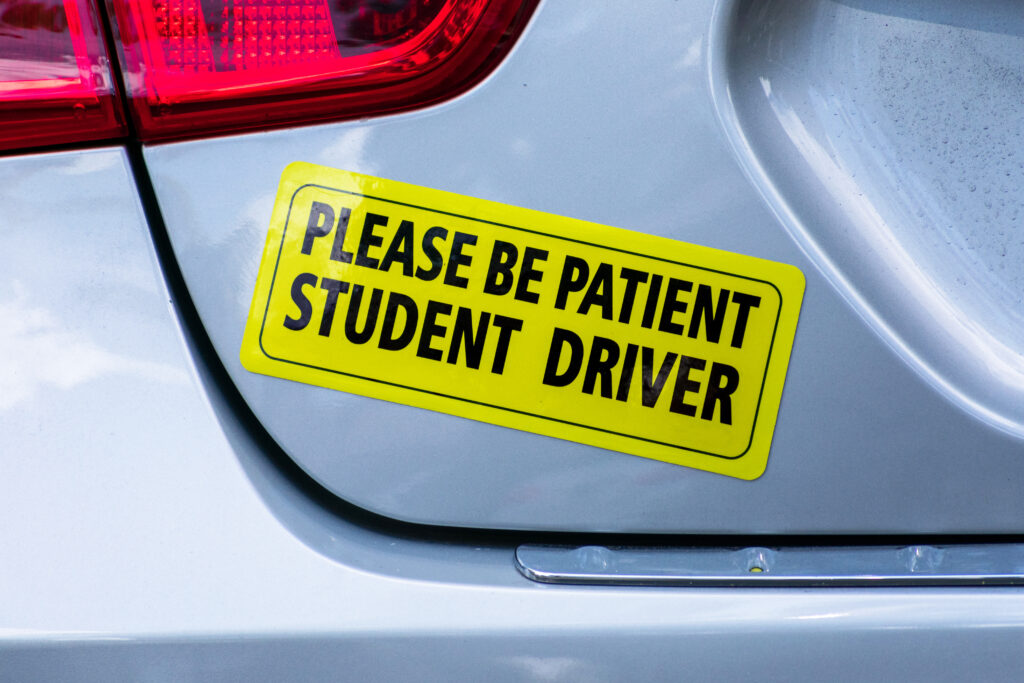If you’ve never used a car transport company before, you may not be thinking about the fact that preparing your car for transport is a very important step. Although the process isn’t quite this simple when you ship a car, as long as you follow a few simple steps for getting your vehicle ready, you shouldn’t have too many problems.
Table of Contents
Clean and Check Your Car
The first thing you will want to do to prepare your car is give your car a good clean and check all its fluid levels. You don’t need to spend a fortune having it detailed, but all transport companies will inspect your vehicle before they ship it, and this is a lot easier to do if it’s clean inside and out. If your car does already have some damage, consider getting it fixed before you ship it. A crack in the windscreen or a tear in your cabriolet hood could get a lot worse during transportation, and the shipping company won’t be liable for the additional damage.
If the damage is fairly serious, you might want to consider enclosed car transport, which should offer a little more protection. Checking the engine coolant, oil and transmission fluid levels will make sure your cars ready for whatever climate it’s going to be traveling through, and there are no mechanical issues while it’s being moved.
Remove All Personal Items
The Department of Transport prohibits interstate car transport companies from carrying vehicles that contain household items. Some businesses may allow you to leave a certain amount of personal belongings in the car, but it’s best to remove them all if you can. The shipping company won’t be liable for anything that happens to them during transport, they may even be confiscated by the Department of Transport, and they are likely to mean your car transport quote is more than if the car was empty.
Removable Accessories
As well as taking everything out of the car, you should also think about other accessories you’ve fitted that will need to be removed for transport. Radio antennas that can’t be retracted will have to be taken off altogether, as will any bike or roof racks. If you’re shipping a truck, you might want to think about removing the canopy or rear cover, unless it can be properly secured for transport; and if you have any spoilers or other accessories that will make it difficult to load and unload your vehicle, they might need to be removed.
Include Car Keys and Documents
Most car transport companies will need some form of proof of ownership before they will accept your car for shipping. This will usually be your insurance and registration documents, so make sure you have them ready. The Department of Transport also requires the mover to have at least one key for all the locks on the car while it is being shipped, so you will be expected to hand those over as well.
Choose Pick Up/Drop off Locations
If your car is being collected, you should make sure you specify an appropriate location that will allow the shipping company to load your vehicle on to the transporter without too much difficulty. Similarly, you also need to choose a suitable place to take delivery of your car. The transport trailer could be 70-80 feet long so it will need plenty of room, and you want to make sure you can carry out a thorough inspection before and after shipping.
There’s a large number of companies that provide car transport interstate, and while following these tips will help to make sure your car is ready for shipping, when you’re asking for car shipping quotes you should always check to see if they have any additional requirements.
Preparing Your Car for Transport Conclusion
Preparing a car for transportation involves several key steps to ensure a smooth process. Cleaning the vehicle, checking fluid levels, and addressing pre-existing damage are crucial for inspection and safe transport. Opting for enclosed transport adds an extra layer of protection for delicate or valuable vehicles. Removing personal items and detachable accessories prevents complications during shipping. Necessary documentation, such as ownership proof and insurance, should be readily available, along with providing keys for the car’s locks as required by regulations.
Choosing appropriate pick-up and drop-off locations is vital, considering the dimensions of transport trailers. However, it’s important to inquire about specific company requirements while seeking quotes to avoid surprises. By following these steps, car owners can confidently navigate the car shipping process, ensuring their vehicles arrive at their destination in good condition.












